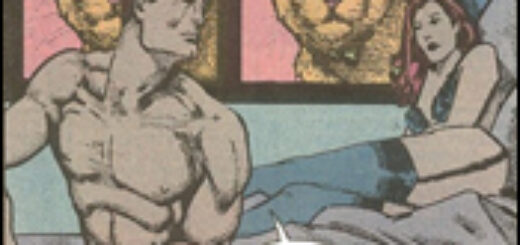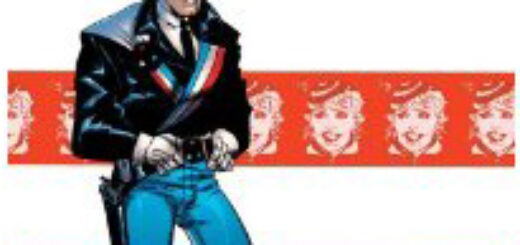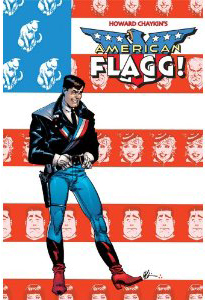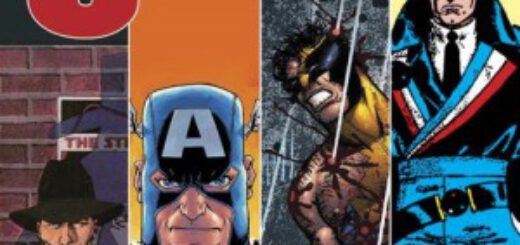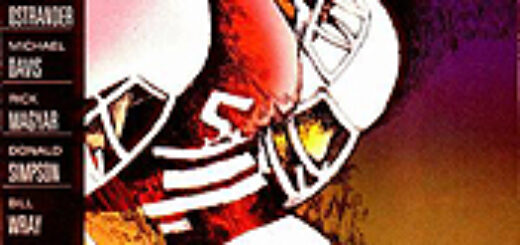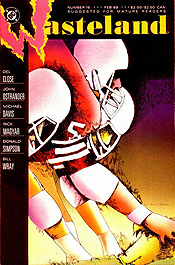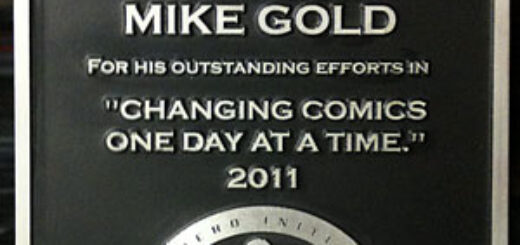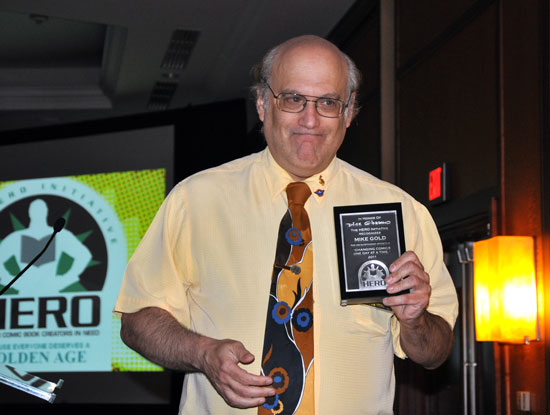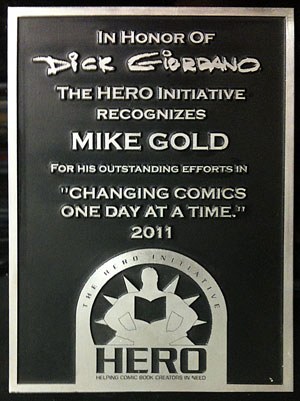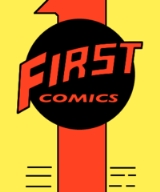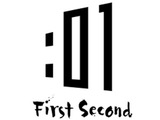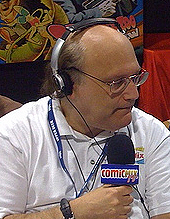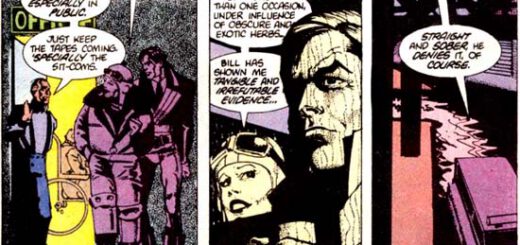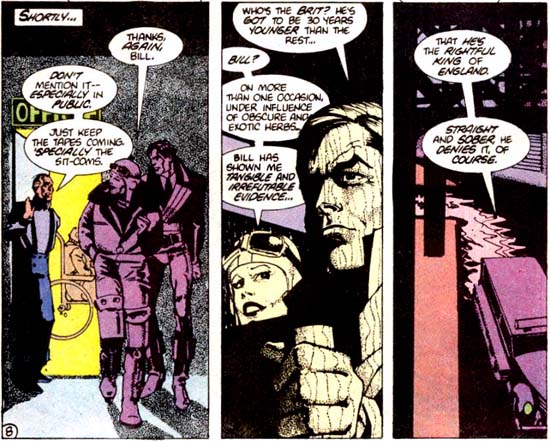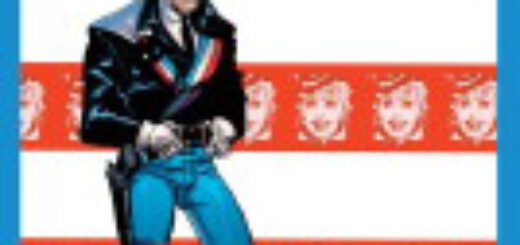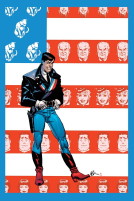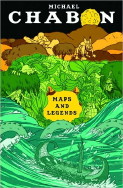John Ostrander: Great Horny Toads!
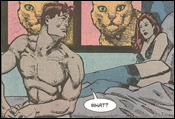 Censorship can, sometimes, be a spur to the creative mind. It’s more often a pain in the ass but there are times when a creative mind finds ingenious ways of getting around the bans, whatever they may be.
Censorship can, sometimes, be a spur to the creative mind. It’s more often a pain in the ass but there are times when a creative mind finds ingenious ways of getting around the bans, whatever they may be.
For example, Matt Stone and Trey Parker, them crazy guys who created South Park (and, even more oddly, the Tony Award winning musical The Book of Mormon) originally wanted to call the South Park movie South Park: All Hell Breaks Loose. That got rejected by the MPAA for having the word “Hell” in the title. Parker and Stone re-named the film “Bigger, Longer, Uncut,” which is more salacious. Evidently, the MPAA were the only ones who didn’t get the penis reference. Creativity trumps censorship.
George Carlin in 1972 famously listed seven words you could never say on television. Not only can I say them here, but I think editor Mike Gold would insist. They are: “shit,” “piss,” “fuck,” “cunt,” “cocksucker,” “motherfucker,” and “tits.’’ These days I think you can get away with “shit,” “piss,” and “tits” on television sometimes) but the other ones are still right out. You definitely can’t say any of them in mainstream comics.
For example, Marvel’s Luke Cage is a streetwise badass motherfucker who swears like your granny. “Sweet Christmas!” is his most common swear word. When I wrote him in Heroes For Hire, I had a villain taunt him about it. Cage, as he beat the shit/poo (take your pick) out of the guy explained it was because his grandma didn’t approve of swearing and “she was tougher than you.”
On Battlestar Galactica, instead of saying “fuck,” the characters said “frak” but we all knew what they meant. The word has gone on to enter the vocabulary of the fans and some other sci/fi works. One of the things I enjoy about it is that the process of raping the earth and poisoning it to get at natural gas is called “frakking.’’ For me, it means they’re fucking us all to get at the natural gas and its profits.
George Carlin also famously noted that when we say “Fuck you” we’re actually wishing something nice on a person. Working from that, in some sci-fi stuff I tried replacing “fuck” with “nuke,” as in “Nuke you and the nuking horse you came in on.” Or calling someone a “mothernuker.’’ “Nuke” has the harsh “uk” sound as “fuck” and hoping that someone gets nuked is not wishing them a good time. However, the substitution seemed a little forced and drew too much attention to itself. It read like the author was trying to be clever, which I guess he was, so I dropped it. Sometimes you just can’t beat the fucking classics.
Worse than that is anything sexual. You can rip a guy’s arm off and beat another guy to death with it, all the while spurting gouts of blood but you show too much skin or a couple getting it on or (Christian Right Forbid!) any sort of same sex naughtiness going on and there will be a hue and cry far greater than any uproar over profanity. See the current Right Wing brouhaha over Alan Scott’s Green Lantern being gay or Northstar over at Marvel marrying his boyfriend.
For a long time, if a movie had a couple in bed together, at least one of them had to have one foot on the floor. On TV, I remember that on The Dick Van Dyke Show, whenever they went to the bedroom of Rob and Laura Petrie, they had separate beds. Who were they fooling? I was young at that time and even I, sheltered Roman Catholic boyo that I was, knew my folks slept in the same bed. I didn’t want to think whatever else they might be doing in that bed (still don’t – shudder!) but I knew sure as hell they didn’t have separate beds.
Still, there is a certain sexuality, a certain sensuality in suggestion rather than in statement. I remember when First Comics was doing Howard Chaykin’s American Flagg! everyone talked about the sex and the nudity and all except … there wasn’t. It was implied. Sexy, yes – and sensual. It was a great, classic series whose rep is dirtier than the book ever was.
Over at DC, on Wasteland, we did all sorts of crap. We tossed a baby out of a window in a story called R.Ab (which stood for retroactive abortion) and we managed to honk off both pro-lifers and pro-choicers (and, if memory serves, our publisher) at the same time. We eviscerated a biology teacher for laughs and tried to get the reader into the mind of a serial killer among other things. Without bad language and without sex. We got accused of bad taste, which we reveled in, but rarely bad language or blatant sex.
I’m not saying that the envelope shouldn’t be pushed or that censorship is a good thing. However, if you try to establish boundaries and tell creative folks not to go there, odds are the creative folks figure out a way around it, if they can. That’s why they’re called creative. They’re never more creative when trying to do something naughty. Or juvenile. Or naughty juvenile.
Whoaaaa! Sounds dirty, that! Wink wink, nudge nudge, say no more!
MONDAY: Mindy Newell

